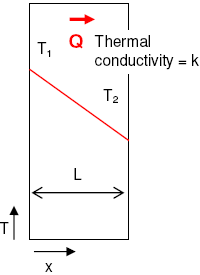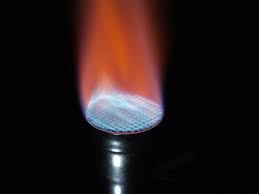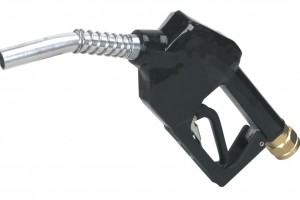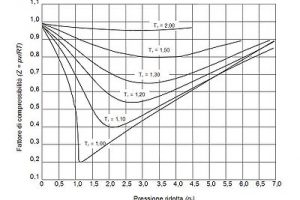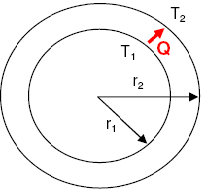Octane number of a fuel is the measure of its antiknock quality when its used in a spark ignition, internal combustion engine, as compared to the antiknock quality of Iso-octane (2,2,4-trimethylpentane).
The octane number of a fuel is measured in a test engine against a mixture of iso-octane and heptane. If a gasoline sample has the same antiknock quality as that of a mixture containing 95% isooctane and 10% heptane, then the octane number for that sample is defined as 95. Higher octane number of a fuel means better anti-knocking capacity for that fuel. Some hydrocarbons have higher anti-knocking capacity than iso-octane. Hence, octane number definition is extended to allow octane numbers higher than 100.
Depending on the measurement techniques, there are following different types of octane numbers defined,
Research Octane Number (RON) is most commonly used octane number and it is determined by burning the fuel in a test engine under controlled conditions and variable compression ratios. Then the results are compared with mixtures of iso-octane and heptane.
Motor Octane Number (MON) testing uses a similar test engine to that used in RON testing, but with a preheated fuel mixture, higher engine speed (900 RPM instead of 600 RPM used for RON), and variable ignition timing to further stress the fuel's knock resistance. MON is a better measure of how a fuel will actually behave when under a higher load than normal. Depending on the composition of the fuel, the MON of a modern gasoline will be about 8 to 10 points lower than the RON, however there is no direct link between RON and MON. Normally, fuel specifications require both a minimum RON and a minimum MON.
Some times an average of RON and MON known as Anti Knock Index (AKI) is specified in some locations. This is also known as Road Octane Number (RdON) or Pump Octane Number (PON).
Octane numbers of some pure hydrocarbons are reported in the following table. Normally, gasoline is a mixture of hundreds of these different hydrocarbons.
| Hydrocarbons | Research Octane Number (RON) | Research Octane Number (MON) |
| Paraffins | ||
| Pentane | 61.7 | 61.9 |
| Hexane | 24.8 | 26.0 |
| Heptane | 0.0 | 0.0 |
| Octane | -19.0 | -15.0 |
| Nonane | -17.0 | -20.0 |
| Paraffins | ||
| Isopentane | 92.3 | 90.3 |
| Isoheptane | 42.4 | 46.6 |
| 2-Methyl heptane (Isooctane) | 21.7 | 23.8 |
| 2-Methyl heptane (Isooctane) | 26.8 | 35.0 |
| 2,4-Dimethyl hexane (Isooctane) | 65.2 | 69.9 |
| 2,2,4-Trimethyl pentane (Isooctane) | 100.0 | 100.0 |
| Olefins | ||
| 1-Pentene | 90.0 | 77.1 |
| 1-Octene | 28.7 | 34.7 |
| 3-Octene | 72.5 | 68.1 |
| 4-Methyl 1-Pentene | 95.7 | 80.9 |
| Aromatics | ||
| Benzene | 114.8 | |
| Toluene | 120.1 | 103.5 |
| o-Xylene | 120.0 | 103.0 |
| m-Xylene | 145.0 | 124.0 |
| p-Xylene | 146.0 | 127.0 |
| Ethyl benzene | 107.4 | 97.9 |
Also see cetane number, which represents the autoignition quality of a fuel in a diesel engine.
